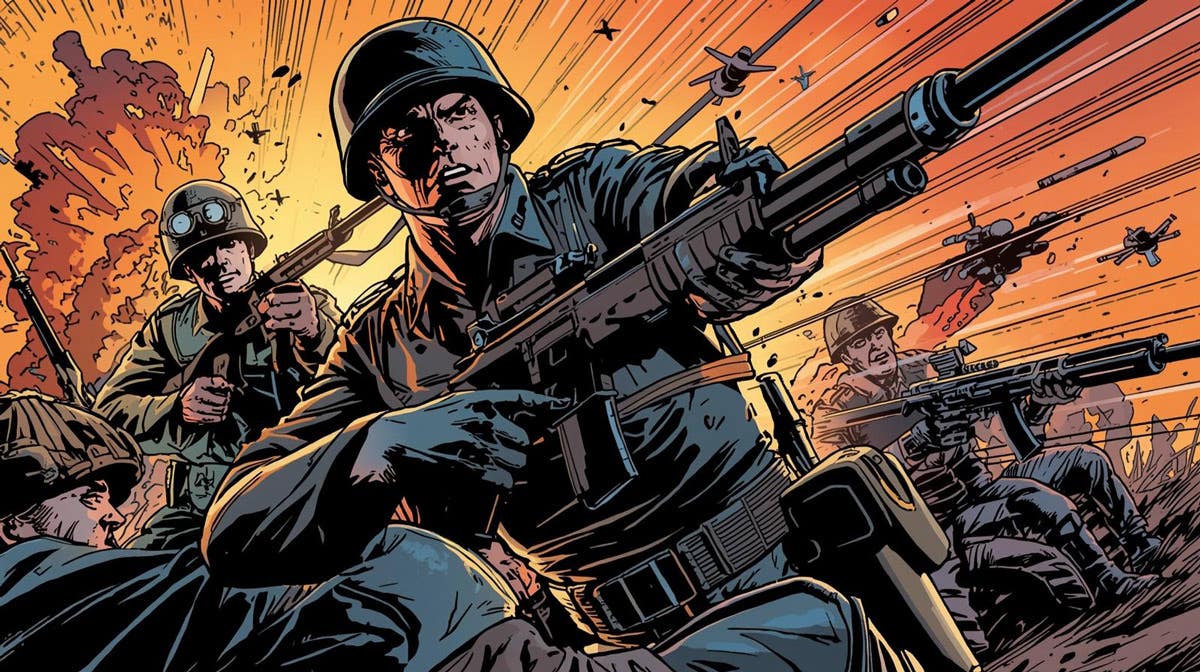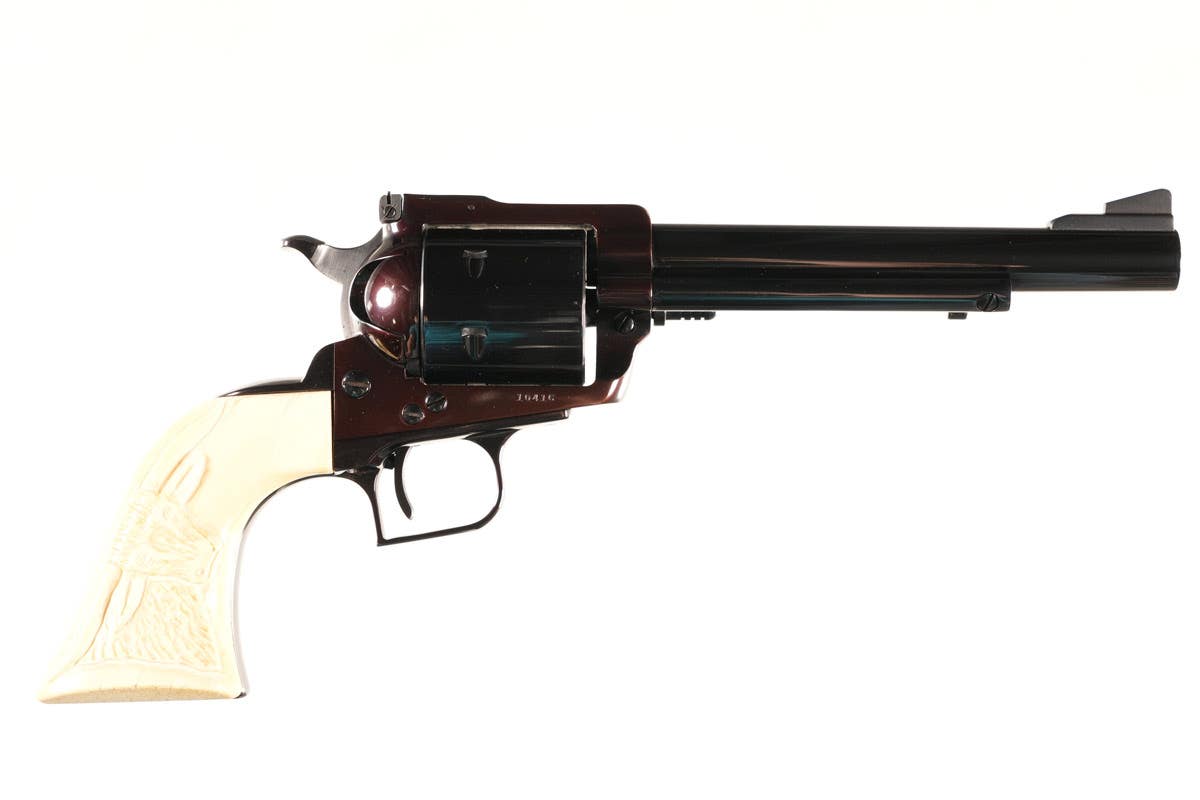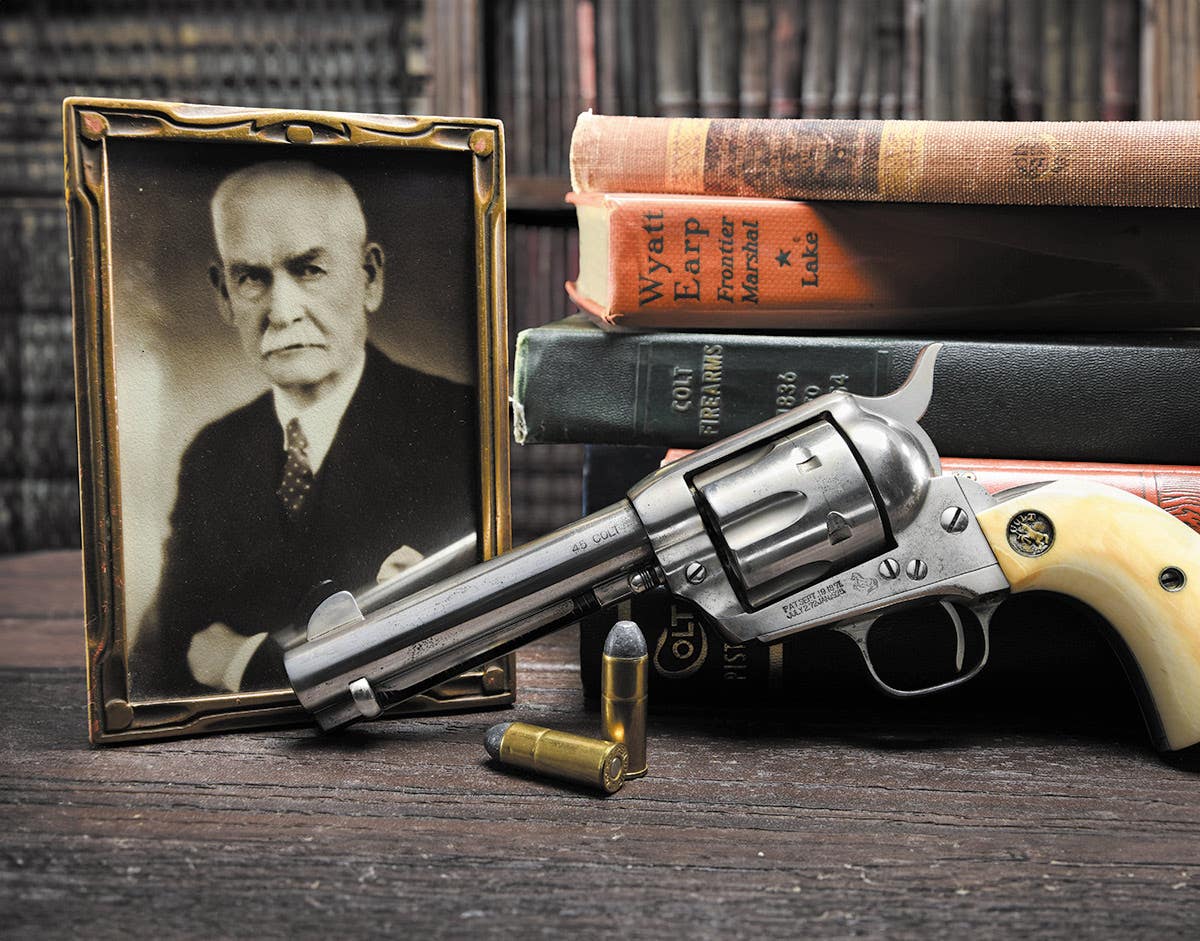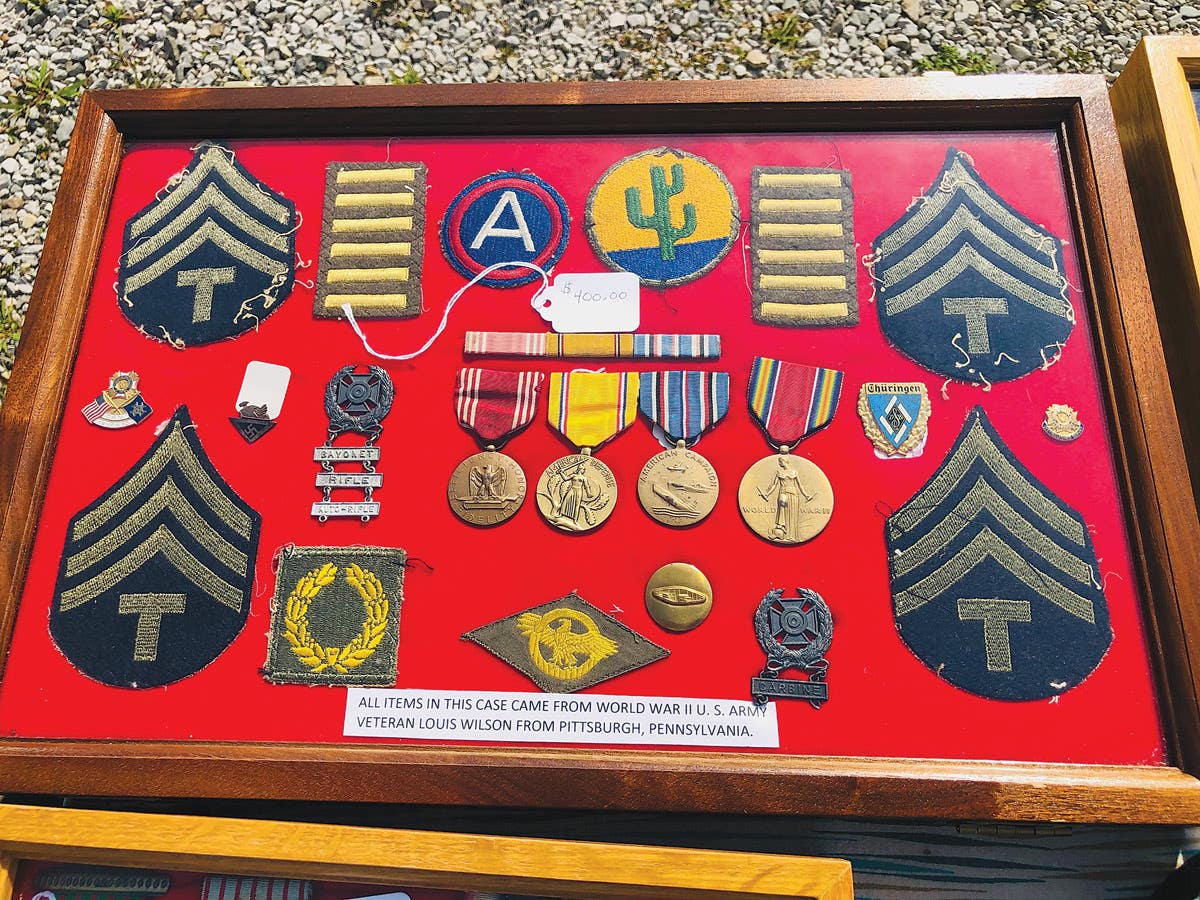Preparing your collection for the hereafter
Each year, I try to inspect items in my collection for signs of mold, moths or any other form of destruction. Last week, after adding a couple of new Tank…
Each year, I try to inspect items in my collection for signs of mold, moths or any other form of destruction. Last week, after adding a couple of new Tank Corps tunics to my collection, it occurred to me that it was probably time again to do a bit of collection maintenance.
I hung the new tunics from the garage rafters and carted out all the woolen goods from my collection to hang as well. With everything spaced out, the door down and a hand over my mouth, I unleashed a bug bomb. Following 24 hours in my makeshift fumigation chamber, I hauled it all back into my office.
But, unlike other years when I do my annual fumigation, I didn’t put it all back in its place (I usually use this opportunity to rotate the exhibits in my office as well to minimize the effects of fading). Besides preservation of the collection, disposition of it has been on my mind lately.
Personal Responsibility
I recently assembled a “living trust” to take care of the distribution of assets in the event of my death. For the most part, it is pretty straight-forward: all personal property is to be sold and combined with existing assets before dividing them between a few close people. It is easy for almost anyone to understand the terms—except when it comes to the collection.
Like so many collectors, I have tied up a lot of money in pursuing my passion. I have even convinced myself and others that it is an “investment”. But investments are only good if you can facilitate the sale. I am not unlike other collectors when I believe I will have the luxury of choosing the time to sell my collection. This belief is further complicated by the thought that I can somehow control the pricing structure to realize a profit on the investment. But what if I die before I have that chance?
It’s In The Trust
There are many ways to deal with the liquidation of one’s collection after they die, but most are not to the advantage of the survivors. One can have an auction company come in and haul it all off, but it could be more than a year before any money changes hands. Other collectors or dealers will try to purchase some or all of it, but it is hard to know if one can trust these kinds of vultures.
In establishing my living trust, I came up with a plan that I can “live” with. Hopefully, there will be no need to implement the plan (assuming I have a long life of enjoying my collection and then liquidate it a year before I croak). But just in case, here is what I have established:
With all of the woolen goods out for the fumigation, I decided it was time to catalog the collection. I wrote the catalog for a “non-collector”. That is, I used terms and descriptions that a non-collector will understand. Instead of writing, “Paris-made 301st Tank Bn. Wounded in Action Tunic” I wrote, “Tan tunic with tri-colored triangle patch on left shoulder and red/yellow felt on shoulder straps”. I know what the items are...I don’t need a catalog to remind me. But, if my daughter is left having to sort out all this crap, I have to make it as easy as possible. I assigned a number to each item and wrote it on a tag which I attached to the item.
After the catalog was completed, I contacted a dealer whom I have known as both a friend and professional militaria dealer (not a weekend set-up-at-a-show type, but someone who makes his living dealing in the stuff). This fellow is someone I trust. In fact, we have trained together extensively in our defensive firearms classes—he is one of the few people I would trust in the most dire scenarios. I explained to him that in the event of my death, my appointed trustees will contact him. This is the gist of what I asked him to do:
When the trustees contact him, he is to make arrangements to go to my home and retrieve all items designated in the catalog. He is to price them in a way to maximize return but also to fully liquidate the collection. He is to pay the estate 60% of the realized price within six months.
It’s just that simple. His motivation is to price the items realistically--but aggressively—to make the sales and turn money back to the estate. Enough margin is allowed to provide him the incentive to follow-through on the deal.
It is a simple plan because I trust this person. My daughter knows him as does my partner. The personal connection, along with the professional work ethic that he has demonstrated, makes it comfortable for me to hang on to my collection as I grow older without creating worries or dilemmas for my daughter or partner when I keel over. They won’t have to deal with the vultures who profess to have been my best buddy or claim that I promised them first “dibs” on items (I don’t promise that to anyone—just my estate!).
Being a collector with a family requires one to act maturely and with responsibility. It’s bad enough I spend good money on 90 year old uniforms. It would simply be ridiculous to pretend that anyone close, who survives me, cares one iota for the stuff. What they will understand, if they have to deal with my collection, is the money. Hopefully, formulating a plan and filing it with my living trust will facilitate the easy transition from a room full of old military stuff into something useful for them.
Enjoy the hunt, but plan ahead.
John Adams-Graf
Editor, Military Trader and Military Vehicles Magazine
John Adams-Graf ("JAG" to most) is the editor of Military Trader and Military Vehicles Magazine. He has been a military collector for his entire life. The son of a WWII veteran, his writings carry many lessons from the Greatest Generation. JAG has authored several books, including multiple editions of Warman's WWII Collectibles, Civil War Collectibles, and the Standard Catalog of Civil War Firearms. He is a passionate shooter, wood-splitter, kayaker, and WWI AEF Tank Corps collector.








